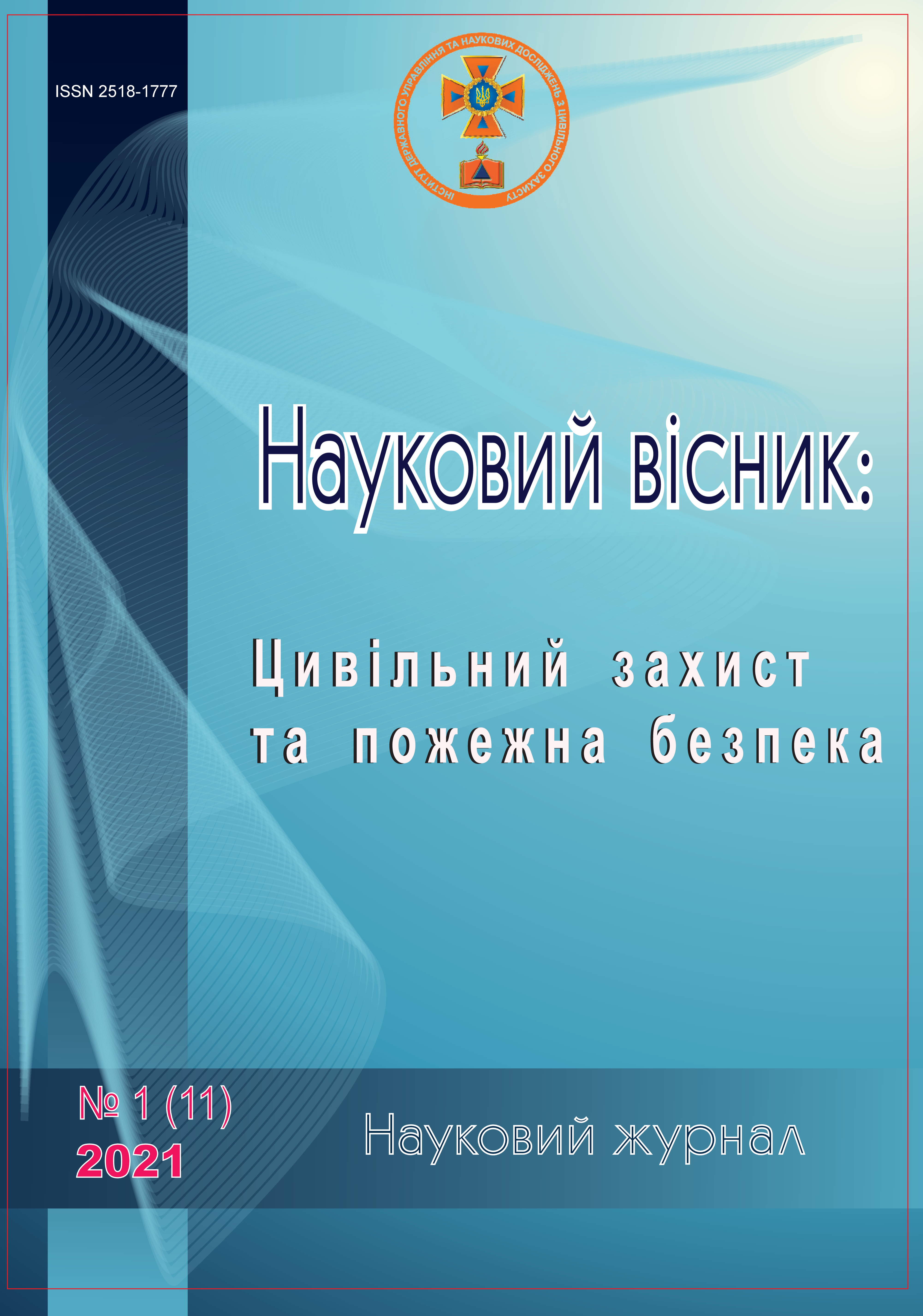ANALYSIS OF EUROPEAN EXPERIENCE OF STANDARDIZATION OF REQUIREMENTS FOR CONSTRUCTIONS OF FACADE THERMAL INSULATION IN BUILDINGS
DOI:
https://doi.org/10.33269/nvcz.2021.1(11).11-21Keywords:
facade thermal insulation, building, flammability group, thermal insulation thickness, building height, regulatory requirementsAbstract
Given the discrepancy between domestic and foreign requirements for the rationing of the external insulation of buildings, the question is appeared about studying foreign experience in standardizing the requirements for the device of external thermal insulation of buildings, comparing it with domestic practice and justifying proposals for the implementation of foreign experience in the regulatory framework of Ukraine.
The purpose of this study is to identify ways to improve the rationing requirements for facade insulation structures depending on the height of buildings, the group of flammability of insulation and finishing materials, insulation thickness and their harmonization with the regulatory framework of the European Union.
The analysis of the domestic regulatory framework for standardization of fire safety requirements for facade insulation was conducted and found that it is not possible to combine the facade of the house with the simultaneous use of insulation from materials of combustibility groups (G1), (G2) and (NG). This is not fully consistent with modern European approaches to the installation of external insulation of buildings, which created the preconditions for exploratory research.
For the first time, on the basis of the analysis of norms of foreign countries, namely Slovakia, Austria, Lithuania, the Czech Republic, Germany, Romania, Poland, Croatia, the normative requirements based on the criteria of conditional height of the house, class of reaction to fire, necessity of arrangement of fire-prevention belts, thickness of a layer of front thermal insulation which are put forward to arrangement of external front thermal insulation of the house were generalized.
The practice of the European regulatory framework is installed on the possibility of combining the facade of the house with the simultaneous using of materials with flammability group G1 and non-combustible materials (NG) depending on the normalized height under the condition of arrangement of fire-prevention belts of the established geometrical sizes.
Based on the study of the experience of European countries on the rationing of requirements for thermal insulation on the facades of buildings, it is proposed that the domestic regulations should provide for the possibility of combining thermal insulation on the facades of buildings up to 47 m, based on the following principles : the installation of facade thermal insulation of the flammability group (G1) up to a conditional height of 26.5 is allowed under the condition of installing fire belts, under the conditions proposed in the article, which are made of non-combustible material (NG); starting from a conditional height of 26.5 m and more, the using of only non-combustible materials (NG) as facade insulation is allowed.
Downloads
Published
Versions
- 2021-07-13 (2)
- 2021-07-02 (1)


